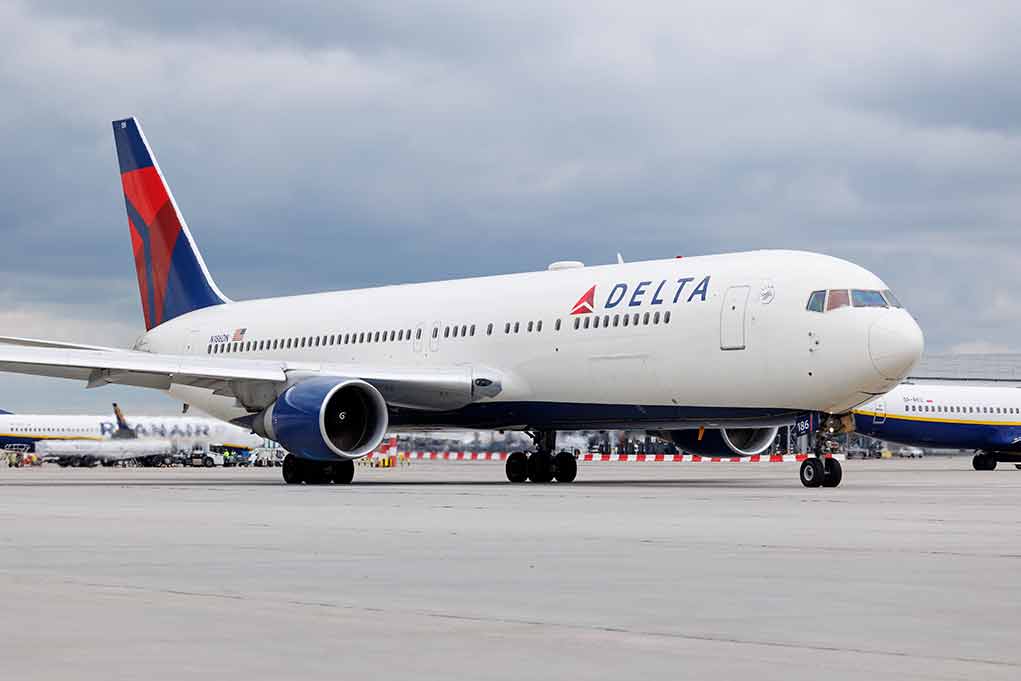
Newark Liberty International Airport’s failing air traffic control system suffered another radio outage, further exposing critical infrastructure neglect under the previous Biden administration that continues to endanger passenger safety and cause nationwide delays.
Key Takeaways
- Newark Liberty International Airport is experiencing repeated radio and telecom outages in its air traffic control system, with the most recent confirmed by the FAA.
- The airport is severely understaffed with only 24 certified controllers out of a targeted 38, exacerbating operational problems.
- Transportation Secretary Sean Duffy has criticized the previous Biden administration for neglecting air traffic control infrastructure and called for tens of billions to be invested in a new system.
- The FAA has convened an emergency task force and installed a software update to prevent further outages but acknowledges similar failures could occur nationwide due to outdated systems.
- The Trump administration is working to attract and retain air traffic controllers while proposing significant investments in modernizing the entire system.
Newark’s Mounting Air Traffic Control Crisis
The Federal Aviation Administration has confirmed another radio outage at Newark Liberty International Airport, adding to a troubling series of technical failures plaguing one of the nation’s busiest airports. This latest incident involved a brief two-second radio frequency outage in the air traffic control system, raising serious questions about the reliability of the airport’s aging infrastructure. Newark has experienced multiple telecommunications failures in recent months, including a significant outage on April 28 that resulted in numerous flight diversions and created ripple effects throughout the national air traffic network.
The situation at Newark represents a microcosm of broader issues affecting the U.S. air traffic control system, which relies on outdated technology and faces chronic staffing shortages. In an attempt to address congestion and staffing problems, control of Newark’s airspace was transferred to Philadelphia last year, but this organizational change has failed to resolve the fundamental technological deficiencies. The FAA has since established an emergency task force specifically focused on preventing further telecommunications outages at Newark, acknowledging the severity of the situation.
🇺🇸 FAA: 4TH OUTAGE AT NEWARK AIRPORT—PLANES SAFE, NERVES FRAYED
The FAA has confirmed yet another system outage—number 4, if you’re keeping score—at the facility guiding planes in and out of Newark Liberty International.
At 11:35 a.m., the Philadelphia control tower dropped… https://t.co/o4DJLZ3EHz pic.twitter.com/k6FIg6vlwh
— Mario Nawfal (@MarioNawfal) May 19, 2025
Staffing Crisis Compounds Technical Failures
Newark’s air traffic control operations are currently functioning with a skeleton crew, reporting only 24 certified controllers out of a targeted 38 positions. This critical understaffing creates dangerous conditions that compound the effects of technical failures. The April telecommunications incident was so traumatic that five controllers took 45-day trauma leave, further depleting the already insufficient workforce. Nationwide, the FAA has approximately 3,500 air traffic controllers, well below the required staffing levels needed to ensure safe and efficient operations across the country’s airspace.
“The airport clearly is unable to handle the current level of scheduled operations,” according to the FAA, which plans to propose temporary flight cuts at Newark to address the congestion caused by both staffing and technical limitations.
The understaffing crisis has forced the FAA to implement ground stops at Newark, causing significant inconvenience to passengers and financial losses to airlines. According to the FAA, they have been meeting with major U.S. carriers “to find a balance between reducing their operations at the airport and meeting the needs of each individual airline.” This reactive approach highlights the lack of proactive planning and investment in the air traffic control system under the previous administration.
Trump Administration Takes Action on Decades of Neglect
Transportation Secretary Sean Duffy has sharply criticized the previous Biden administration for failing to address the deteriorating state of America’s air traffic control infrastructure. “Under President Trump, America is building again. Today we are seizing a once-in-a-generation opportunity to build a brand new, state-of-the-art air traffic control system,” stated Secretary Duffy, highlighting the current administration’s commitment to fixing the neglected system.
Duffy didn’t mince words when discussing the previous administration’s failures: “Maybe when you work from home, or maybe when you work from Michigan as a secretary, maybe you’re not focused on the real issues that are taking place throughout the airspace,” a pointed reference to former Transportation Secretary Pete Buttigieg’s leadership approach. Secretary Duffy has called for tens of billions of dollars to be invested in a completely new air traffic control system to replace the current outdated infrastructure that aviation reporter Scott McCartney described as “like time travel for pilots.”
The Trump administration has installed a software update intended to prevent further radio outages at Newark, but Secretary Duffy acknowledges the challenges ahead: “We could see other situations like this around the country because the system is old.” This frank assessment recognizes that the problems at Newark are symptomatic of nationwide vulnerabilities in our critical aviation infrastructure, necessitating comprehensive reform rather than piecemeal fixes.















